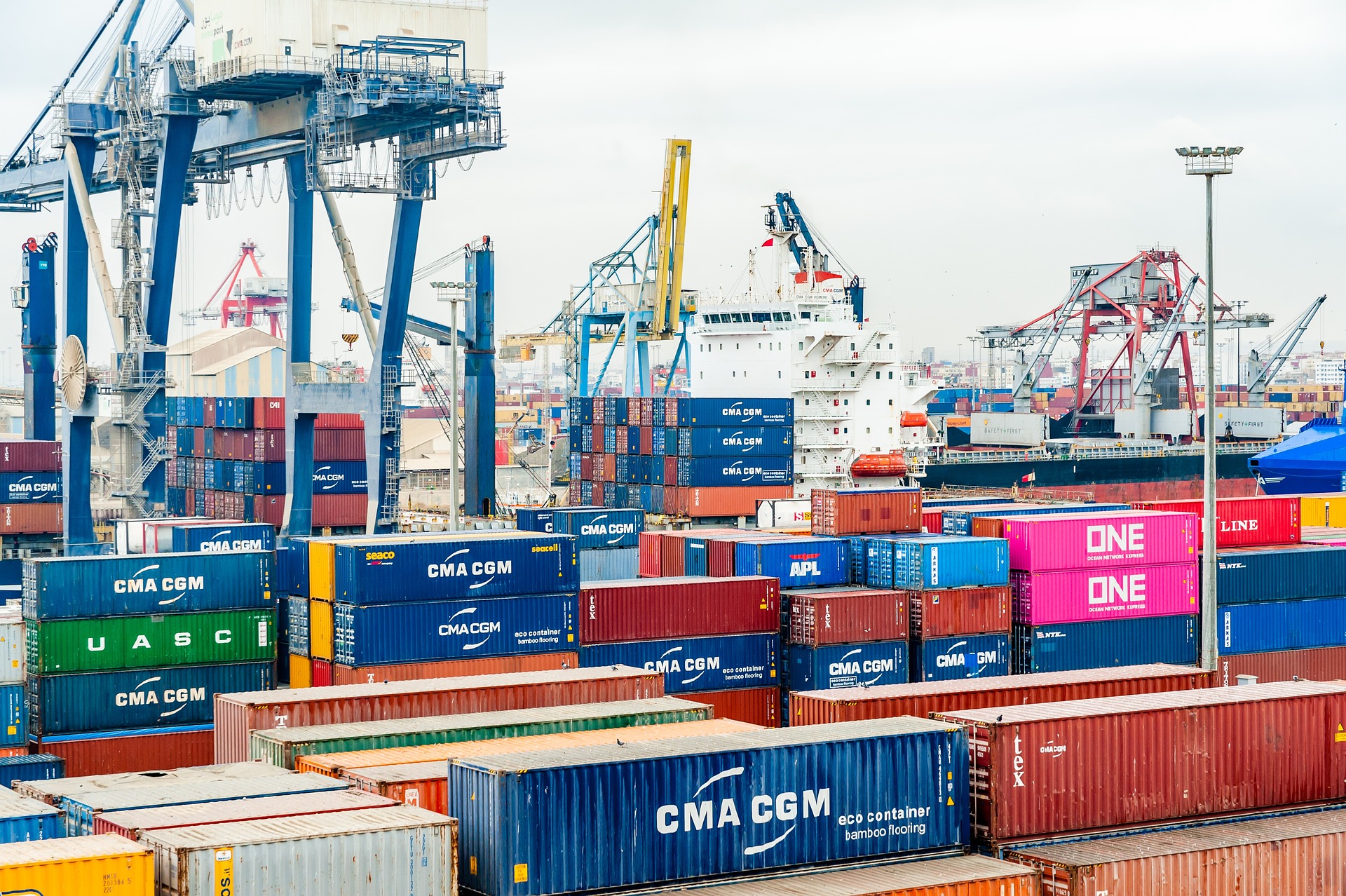
table of contents
What is the flow of overseas trade and exports?
"I'm confident in my products, but I don't know how to start trading overseas." In Japan, where it is said that only 11 TP3T small and medium-sized enterprises are able to trade overseas, this is a common complaint. In this article, we will introduce the 8 steps required for exporting overseas.
Step 1: Selecting export products and export partners
First, we select business partners. The selection criteria are as follows:
- Appropriateness for consumers in the partner country
・Business conditions of trading partners
・Rival companies in the other country
・Necessity of permits, applications and legal inspections for export of the target products
In this age of advanced internet technology, you can easily find all the information you need online. Use search engines to gather as much information as possible and then choose the right business partner.
Step 2: Negotiating and concluding the contract
The same is true for trade: making a contract with a business partner. It is necessary to come up with terms that are acceptable to both parties, which are called trade terms (Incoterms). Incoterms contain the following information and can be said to be a key part of trade.
Product price
・Payment currency
・Payment method
・Time of payment
·quality
·quantity
・Packing conditions
-Transportation method
・Delivery time
Inspection method
・Inspection period
・After-sales service
・Response when a problem occurs
Step 3: Decide on payment method
There are two main payment methods: documentary bills and wire transfers.
What is documentary bill payment?
A bill of exchange is a document used by an exporter to instruct an importer to pay for goods, to which are attached shipping documents such as a bill of lading (B/L), invoice required for customs clearance in the importing country, and packing list.
What is wire transfer payment?
It is a payment method similar to domestic bank account transfer. Documentary bill payment is a payment method in which the exporter sends a documentary bill and the importer pays for the goods in exchange for the document.
In addition, there are two types of documentary bill payments as mentioned above:
Letter of credit and documentary bill payment (L/C payment)
The first is a documentary bill with letter of credit (L/C payment), which is a payment method in which the bank promises to pay for the goods on behalf of the importer, on the condition that the exporter presents the documents specified in the letter of credit conditions to the bank.
The advantage is that exporters can trade with peace of mind, since a reliable bank will make the payment on behalf of the importer. Exporters can collect payment by presenting the documentary bill at the exporting country, without waiting for payment from the importer. The disadvantage is that high fees are incurred by having a bank act as an intermediary. Another drawback is that if there are any discrepancies in the documents, it will take time to settle, and at the same time, the importer will also be delayed in receiving the shipping documents.
Documentary Bill Payment Without Letter of Credit
The second is documentary bill settlement without letter of credit. This is also divided into two, D/A settlement and D/P settlement.
D/A settlement (Documents against Acceptance)
D/A settlement (Documents Against Acceptance) is a condition under which the importer can receive the shipping documents on the condition that the importer accepts payment by the bill due date. From the exporter's perspective, the ownership of the goods is transferred to the exporter when the importer accepts the bill, so it is a high-risk settlement method that relies solely on the creditworthiness of the importer.
D/P settlement (Documents against Payment)
D/P settlement (Documents against Payment) is a condition under which the importer can receive the shipping documents if the document bill is settled. The advantage of D/P settlement is for the exporter. This is because the documents will not be handed over unless the importer settles, so the risk of collecting payment can be avoided and the goods become the property of the exporter.
In many cases, L/C settlement is used for first-time transactions due to risk considerations. If you are using D/A and D/P settlement, you should consider taking out comprehensive insurance.
Step 4: Obtaining and confirming the letter of credit (L/C payment only)
In the case of L/C settlement, the exporting party checks the letter of credit received from the advising bank mainly on the following items:
- It was sent by the advising bank of the exporting country.
・ The creditworthiness of the bank where the loan is opened is not an issue
- It must be an original
・ Contains a statement of payment commitment
- Contains a statement complying with the Uniform Rules for Letters of Credit
・ It is an irrevocable letter of credit.
The contents of the sales contract and the letter of credit are consistent
Step 5: Securing transportation and starting preparations for shipping
We send the necessary documents to the forwarder, request loading and export customs clearance, and secure the means of transportation.
The required documents vary from country to country, but let's take Nigeria as an example.
・Bill of Lading (B/L) or Air Waybill (AWB), etc.
・Packing list
・Certificate of Origin
Invoice
・Single Goods Declaration (SGD)
・Export procedure form (Nigerian Export Proceed: NXP)
・Clean Certificate of Inspection (CCI)
It is also important to prepare insurance in case of accidents during transportation.
Step 6: Export customs clearance
If you request this service through a forwarder, the forwarder will prepare the documents necessary for the export declaration based on the documents prepared by the exporting party and carry out the necessary procedures.
Step 7: Obtaining the B/L (Bill of Lading)
Once export permission is granted and loading is completed, the shipping company will issue the B/L. If you use a forwarder, the forwarder will pay the fees in advance, and the exporting party will pay them together with the procedural fees in most cases.
Step 8: Collection of payment
The timing of settlement will vary depending on the terms of your contract.
・Wire transfer settlement: The payment date is decided between the importer and the exporter.
・Letter of credit (L/C) payment: Payment is made in exchange for the exporter's trade documents received by the importing bank.
・D/A settlement: Payment will be made within a certain number of days after the exporter's trade documents are received by the importing bank. The date is decided at the time of contract.
・D/P settlement: Payment is made in exchange for the exporter's trade documents arriving at the importing bank.
The exporting party prepares a purchase request form with their bank, along with the original documents and bill of exchange as specified in the letter of credit, and asks the bank to purchase the bill of exchange.
Overseas trade and exports require ample preparation
This time, we have summarized the 8 basic steps to start overseas trade. It is true that it takes time to prepare, but on the other hand, it is also true that it is an opportunity to meet the needs of a new market that cannot be fully grasped in Japan. We have other basic information on trade, so please take a look!
category:Export Business
Tags: export
Related articles
-

Basic information on the food export process and necessary procedures
-

Explaining the benefits and challenges of small and medium-sized enterprises expanding overseas
-

How to export cosmetics? Basic information explained
-

What is cross-border e-commerce? How to get started and things to be aware of
-

What is an export business plan for agricultural, forestry, and fishery products or food? A look at export strategies
-

Basic knowledge of Vietnam trade and export (updated 2022)